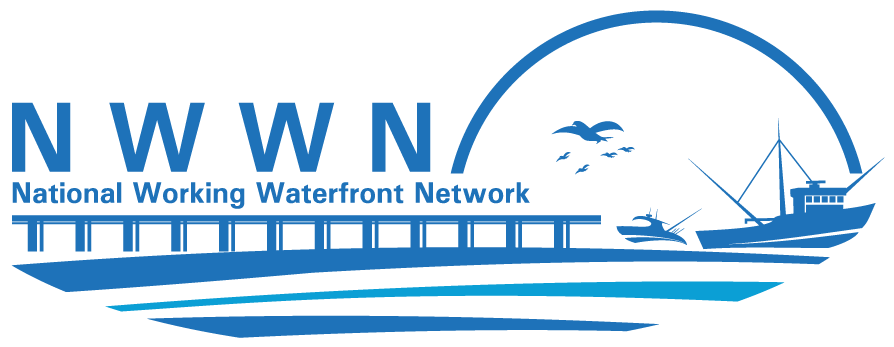Working waterfronts and waterways support a variety of water-dependent and coastal-related activities, including marine businesses, fishing and aquaculture operations, and recreational activities. Vibrant and diverse working waterfronts can be important contributors of economic, social, and cultural value within waterfront communities. Working waterfronts are integral to the fishing, shipping, and coastal tourism industries. Unfortunately, many working waterfronts across the nation are at risk due to increasing operational costs for water-dependent businesses, diminishing natural resources, increasing regulations, and competition with incompatible uses. The loss of working waterfronts limits access to the water and makes it more difficult for communities to maintain traditional uses, industries, and businesses dependent on working waterfronts and waterways.
Individuals responsible for formulating policies or making official decisions at the local, state, and federal government level, referred to collectively as “Decision and Policymakers,” have the widest range of tools available to them to address critical working waterfront infrastructure needs. Decision and Policymakers have the legal authority to implement sustainable working waterfront policies through laws, regulations, and government programs. A range of land use planning, financing, and regulatory tools can be implemented on behalf of the public, private landowners, and waterfront users to ensure waterfront access to current and future generations.
Getting Started
If you are interested in learning more about the history of our working waterfronts, the drivers of change in our waterfront communities, and their economic value, we recommend starting with the Historic Trends and Economic sections of the website.
You can read about and listen to what communities around the country are doing to protect and preserve working waterfronts in the following sections:
To learn more about specific tools, such as grant programs, zoning ordinances, and tax incentives, begin by exploring the Financing and Law & Policy sections of the website.

